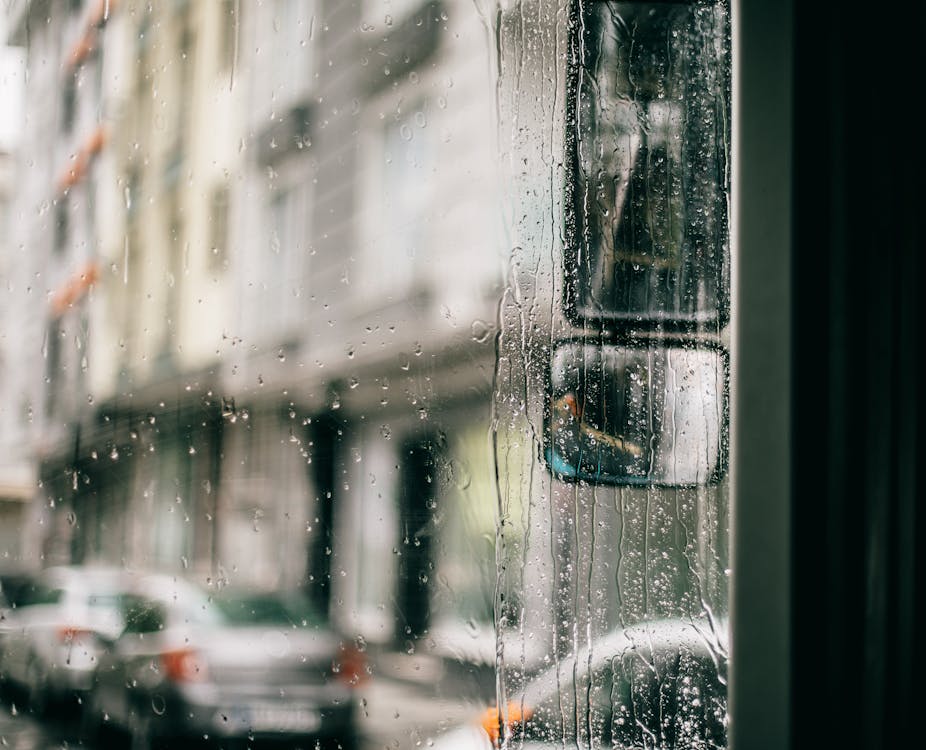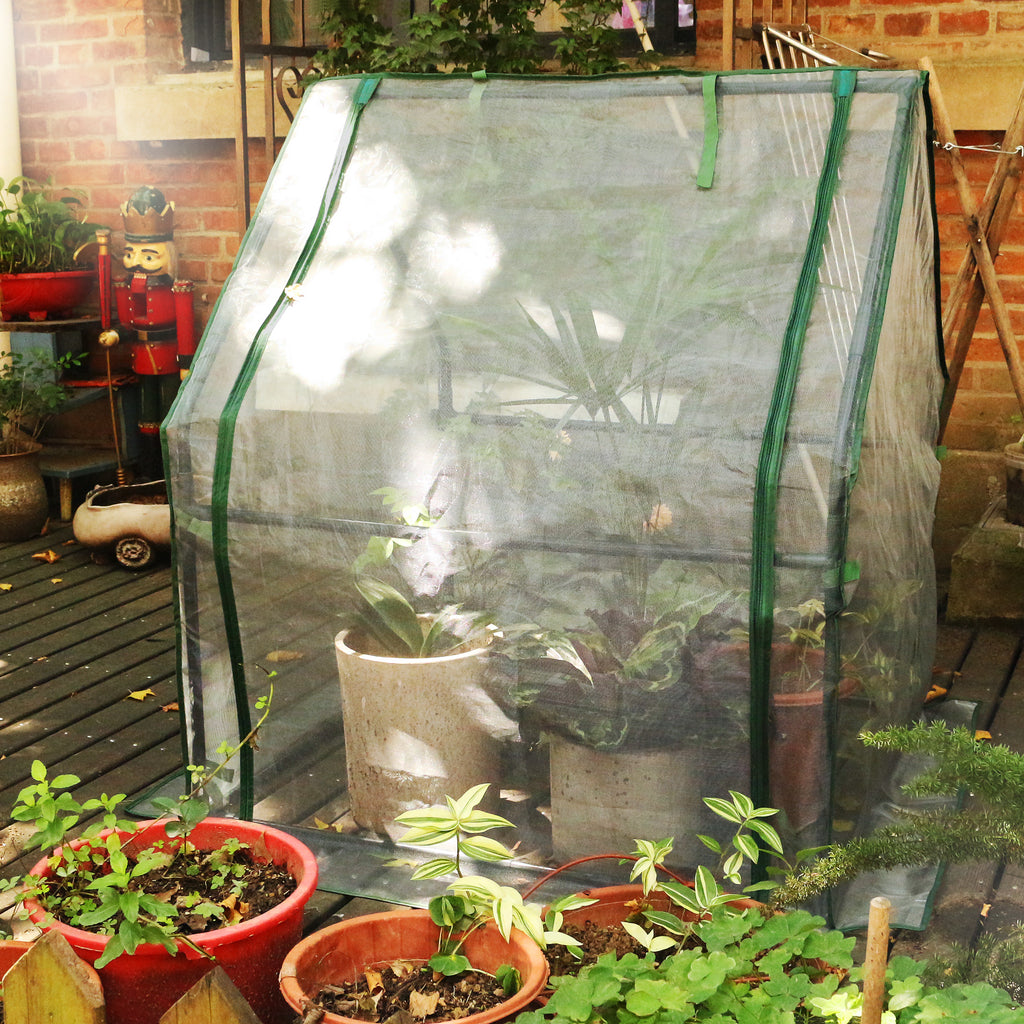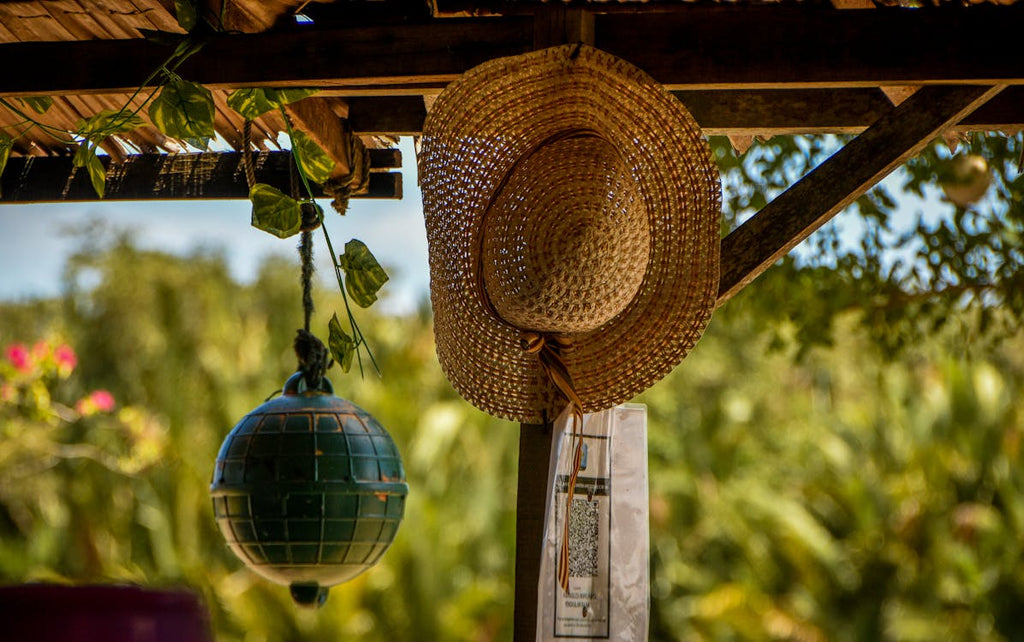
If you’ve ever read or watched a weather report you’ve probably noticed that there are two different temperatures reported—the actual temperature and then something called a “heat index” or “feels like” temperature. The distinction between them isn’t always explained, and can lead to some pretty important questions like “What is heat index?”, “what’s the difference between the temperature and the ‘feels like’ temperature?”, and (most importantly for our purposes) “how does the heat index/feels like temperature affect my plants?”. Let’s dig in and learn a bit about the surprisingly complex ways we measure outdoor temperatures and what they mean for you and your garden.
What Is The Heat Index?
We’ll start with a brief exploration of what the heat index is, and what it measures. As the National Weather Service points out, the heat index is what we mean when we say “it’s not the heat, it’s the humidity.” When the air is very humid, our bodies’ natural temperature control processes—sweating—can’t work as well. The air is saturated, so sweat cannot evaporate as quickly and provide a cooling effect. This makes the air feel hotter than it is, and with a little scientific calculation we can determine how the combination of temperature and humidity creates the apparent temperature. Apparent temperature, also known as “heat index”, “Real Feel”, and “Feels Like”, temperature, tells us how this combo feels to the human body. It’s a better way of measuring the effects people feel under the current conditions, as opposed to temperature alone.
Does The Heat Index Affect Plants?
The TL;DR for this question is “sort of”. While plants don’t respond to heat index temperatures in exactly the same way people do, the combination of heat and humidity that the heat index represents does have an effect on plant health and the internal biological processes that sustain plant life.
Let’s look at this in a little more detail—we’re still learning ourselves so thank you for reading along while we explain as best we can. Most plants cool themselves through their leaves via a process called transpiration, which among other functions is the plant equivalent of sweating. Pores on the leaves release both oxygen—a waste product for plants—and water vapor. This process cools the air around the leaf via evaporation while also creating convection, which moves more air across the surface of the leaf. This supports the metabolic processes going on inside the cells of the leaf, which convert sunlight into usable energy through a process called photosynthesis.
This complex mix of processes is partially why plants seem to grow overnight in tropical climates—the heat, humidity, and sunlight all combine to give the plant plenty of energy. However, all things are bad in excess and each species of plant has a preferred temperature and humidity range. If the heat and humidity get too high, changes start to happen within the plant as it works to protect itself. Wilting, leaves turning over or curling up, and other such physical changes are visible signs that a plant is struggling with the temperature conditions. Leaf temperature is more important to plants than air temperature, and these actions by the plant are ways of reducing leaf exposure to the sun and decreasing leaf temperatures. This also affects the plant’s ability to convert raw materials into the energy it needs to grow and thrive. High temperatures have a number of other effects on plants, including inhibiting flower setting and fertilization/fruit and flower production.
So to summarize this complex issue to the best of our understanding: while plants don’t respond to the heat index the way we do, heat and humidity can get so high that it affects plant health. This in turn can lead the plant to take steps to protect itself and inhibit some of the processes that help plants grow and thrive in our gardens.

Protcting Our Gardens (And Ourselves) From Heat and Humidity
With record temperatures and heat waves across North America this summer, we’ve written a few blogs about how to keep plants, people, and animals as safe and healthy as possible when the mercury climbs high. Please check out those articles and take the right steps for your garden space—we want you all to stay safe out there.
In brief, here are some key tips:
- Provide shade for plants, animals, and people. Shade clothsare a great way to do this, and you can also move container plants to shadier parts of your space as needed.

- Water your plants and animals For plants, we generally recommend watering early in the morning or in the evening after things have started to cool off. For animals and people, make sure to have a steady supply of cool, fresh water and to drink it regularly. It’s a little crude, but if you’re not urinating you need to drink more water.

- Keep an eye out for signs of distress, and know what to do if they appear. This applies to all of the plants, pets, and peoplein your garden space.
- If you’re outside in the heat, dress appropriately, use sunscreen, and take frequent breaks.

It’s a long hot summer for many of us, but by doing the smart thing and taking steps to address the heat and the heat index we can get through it safely. We hope this explanation of how heat index affects plants helps you do just that!

I was trying to find if the feels like temp determines whether to cover a plant for winter? Thank you!
Leave a comment